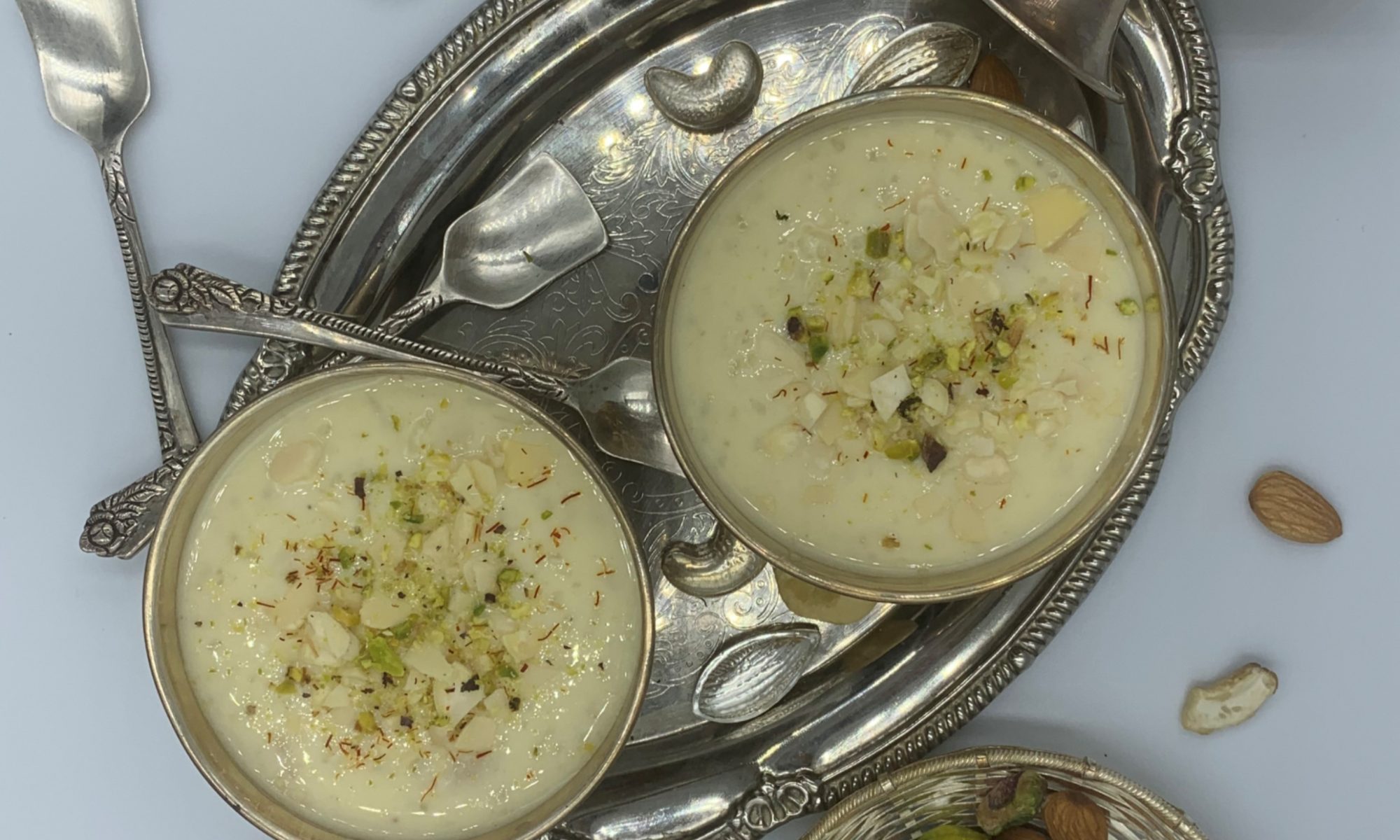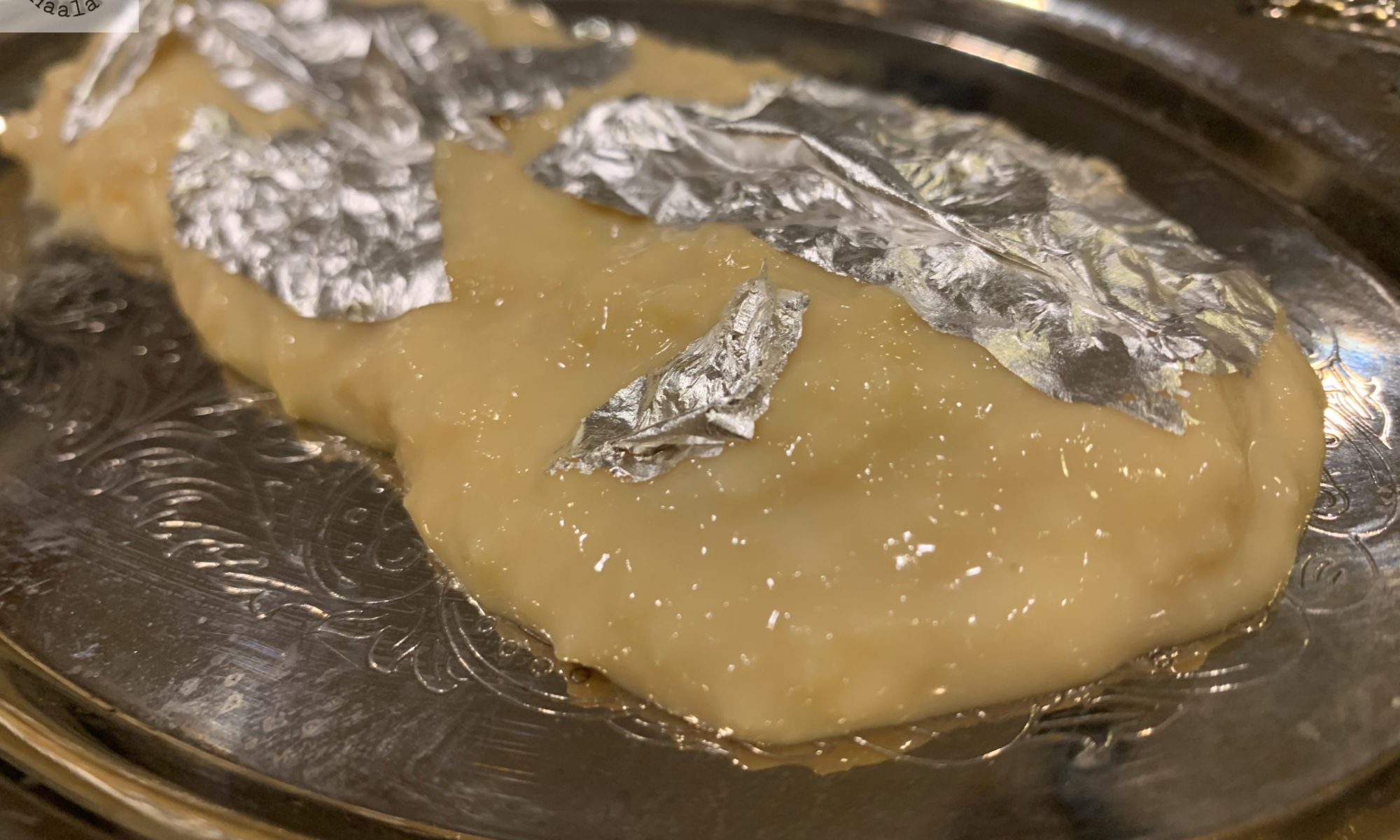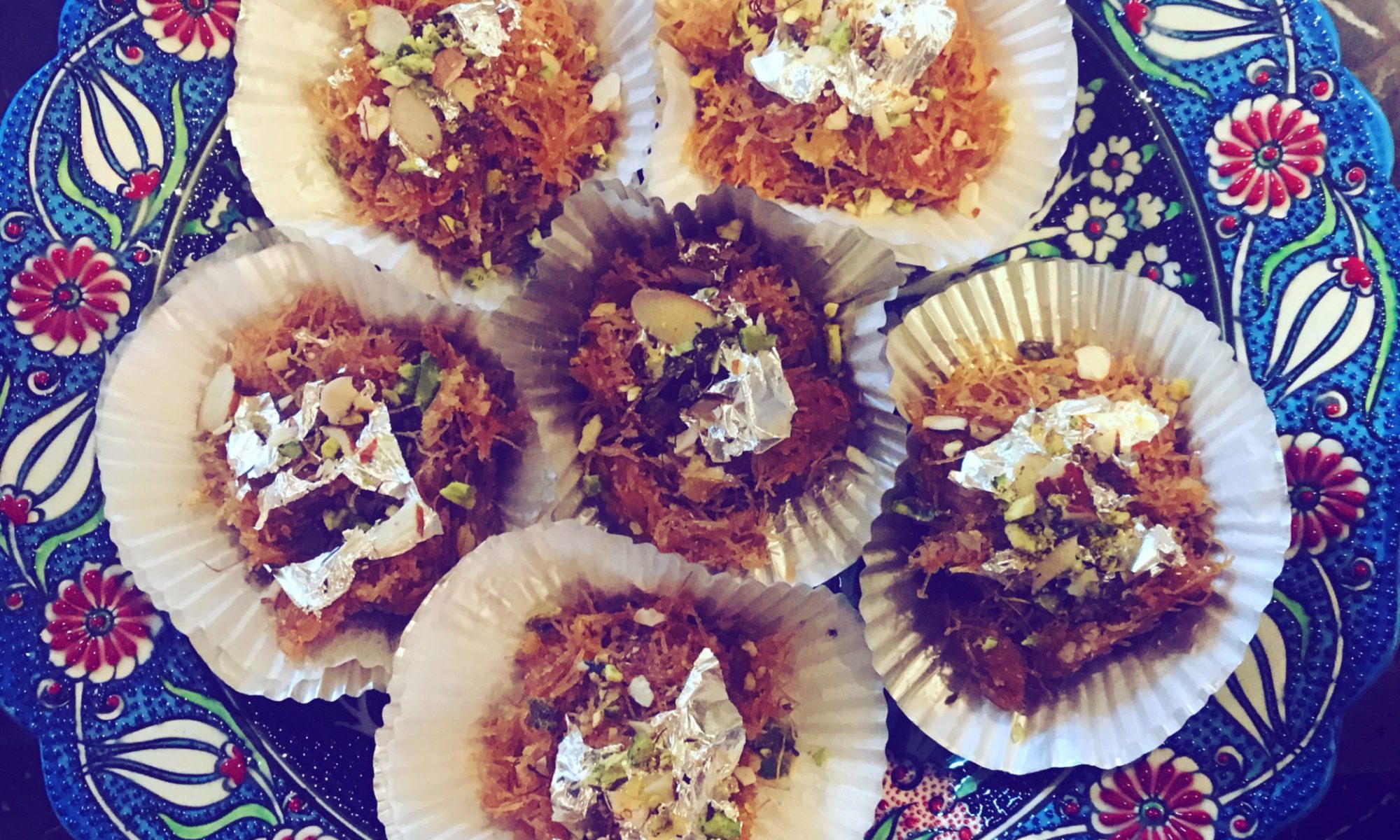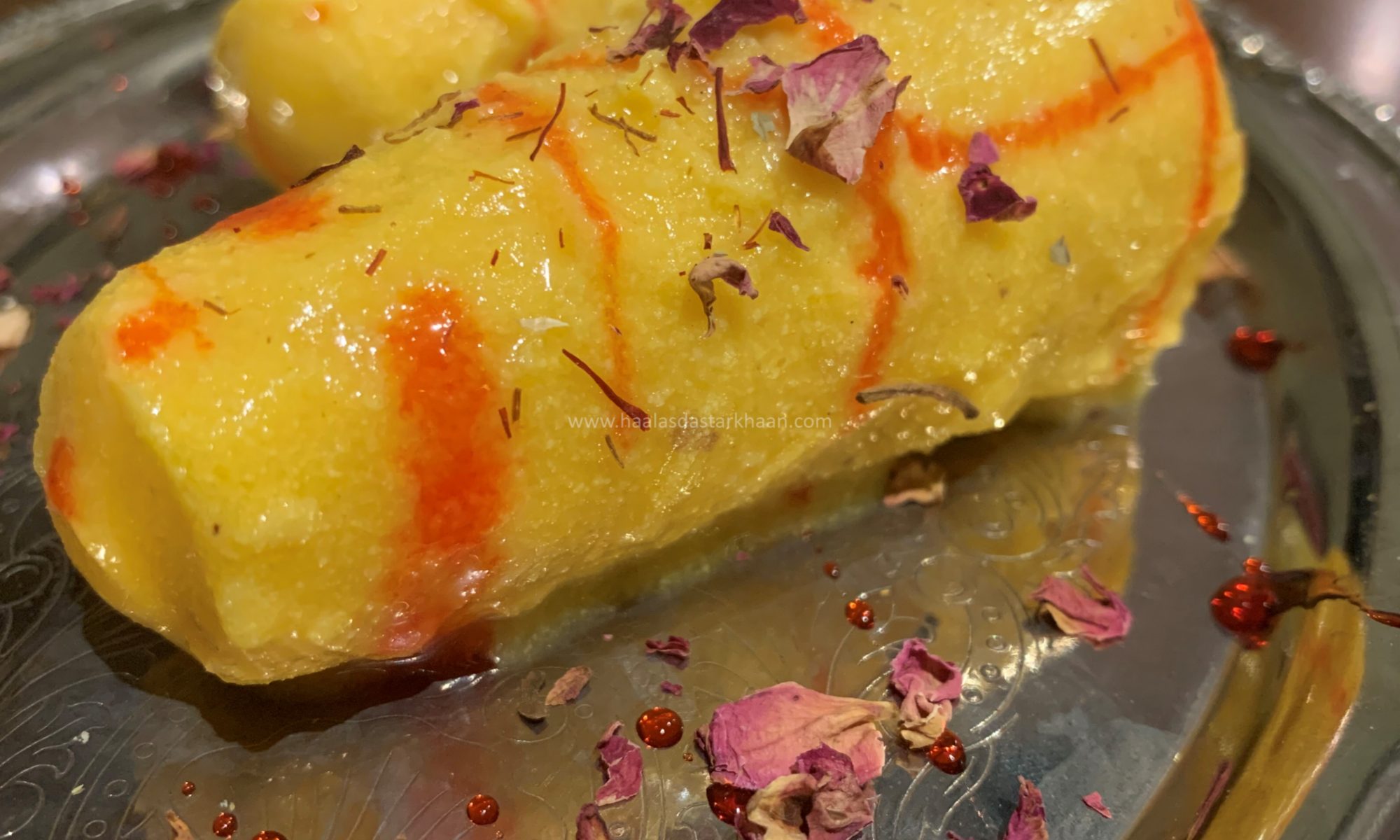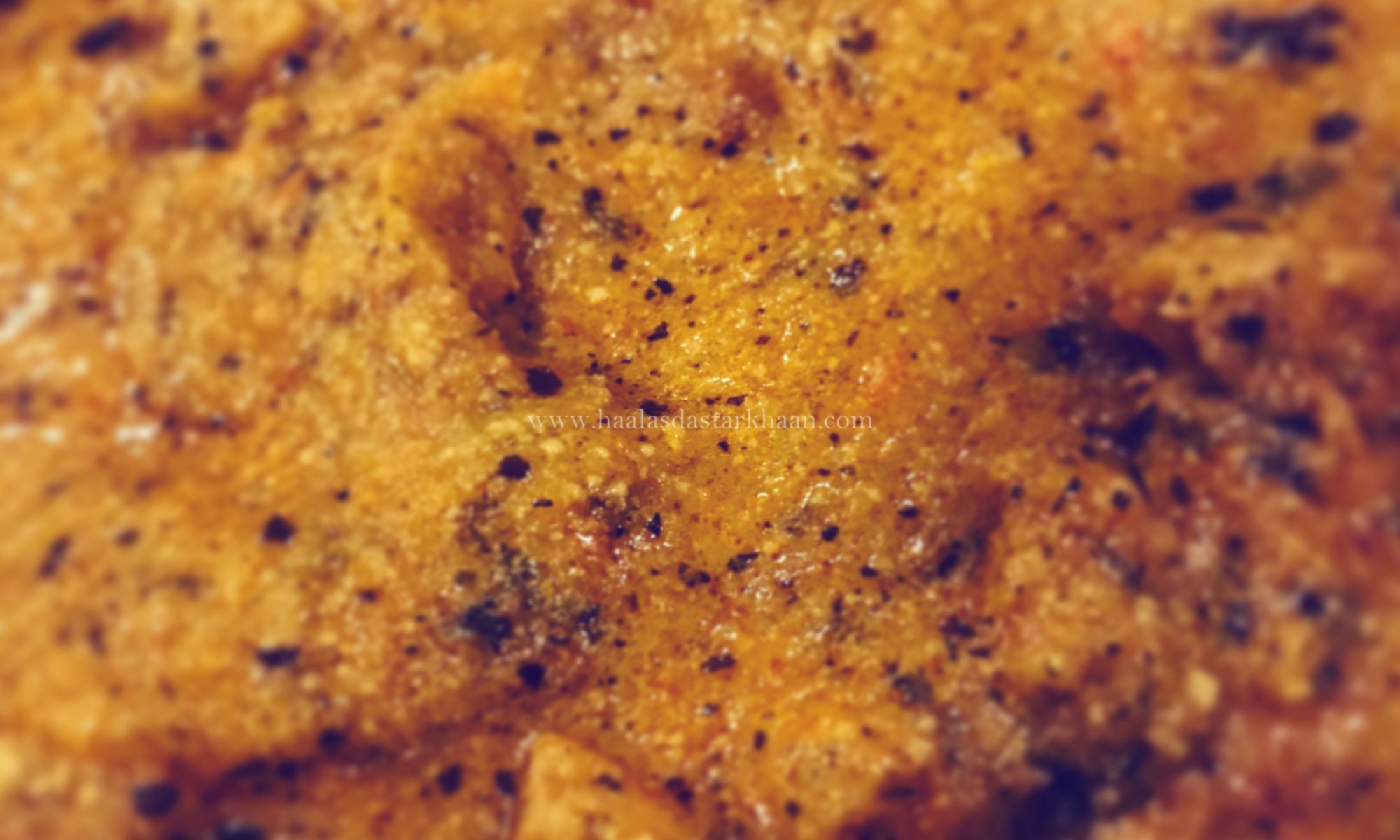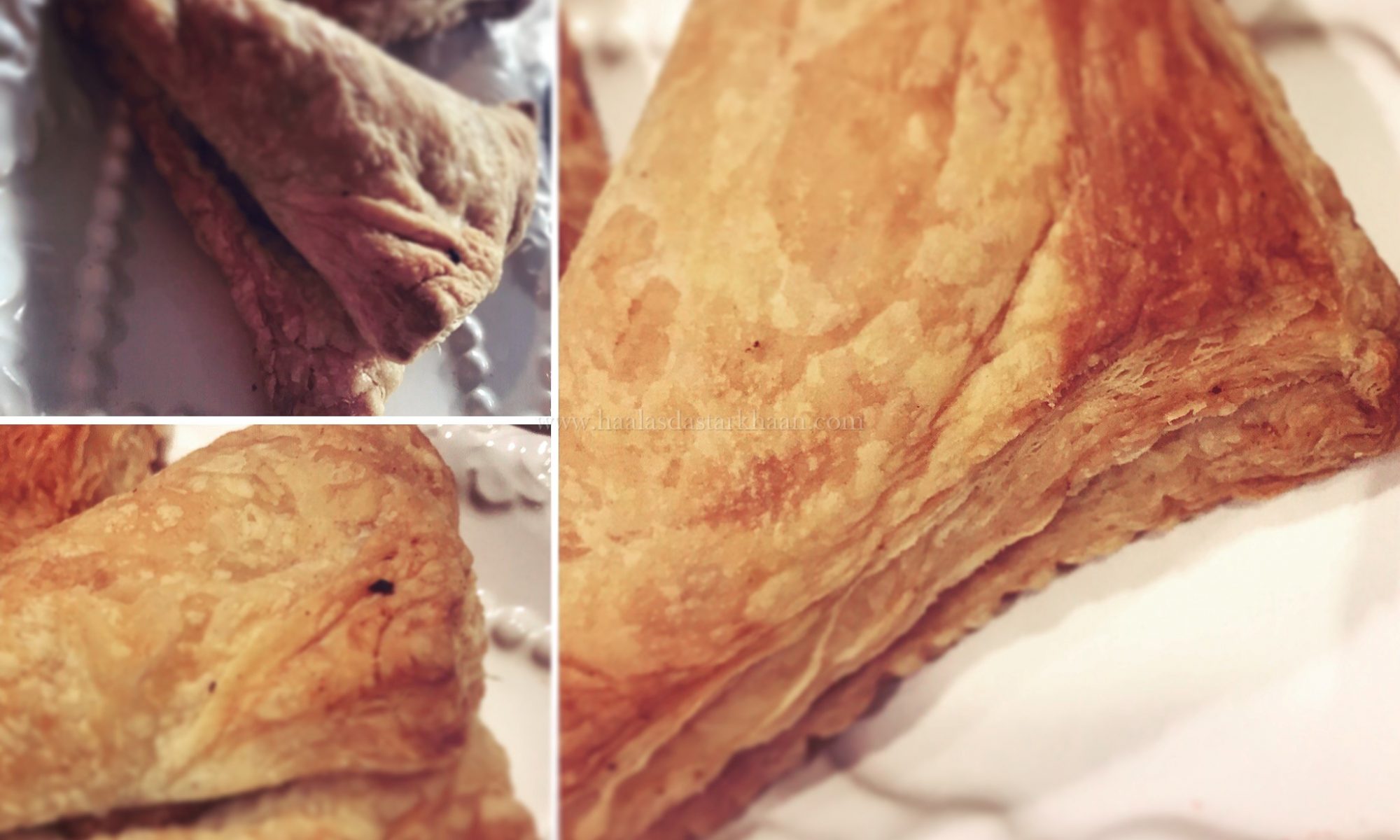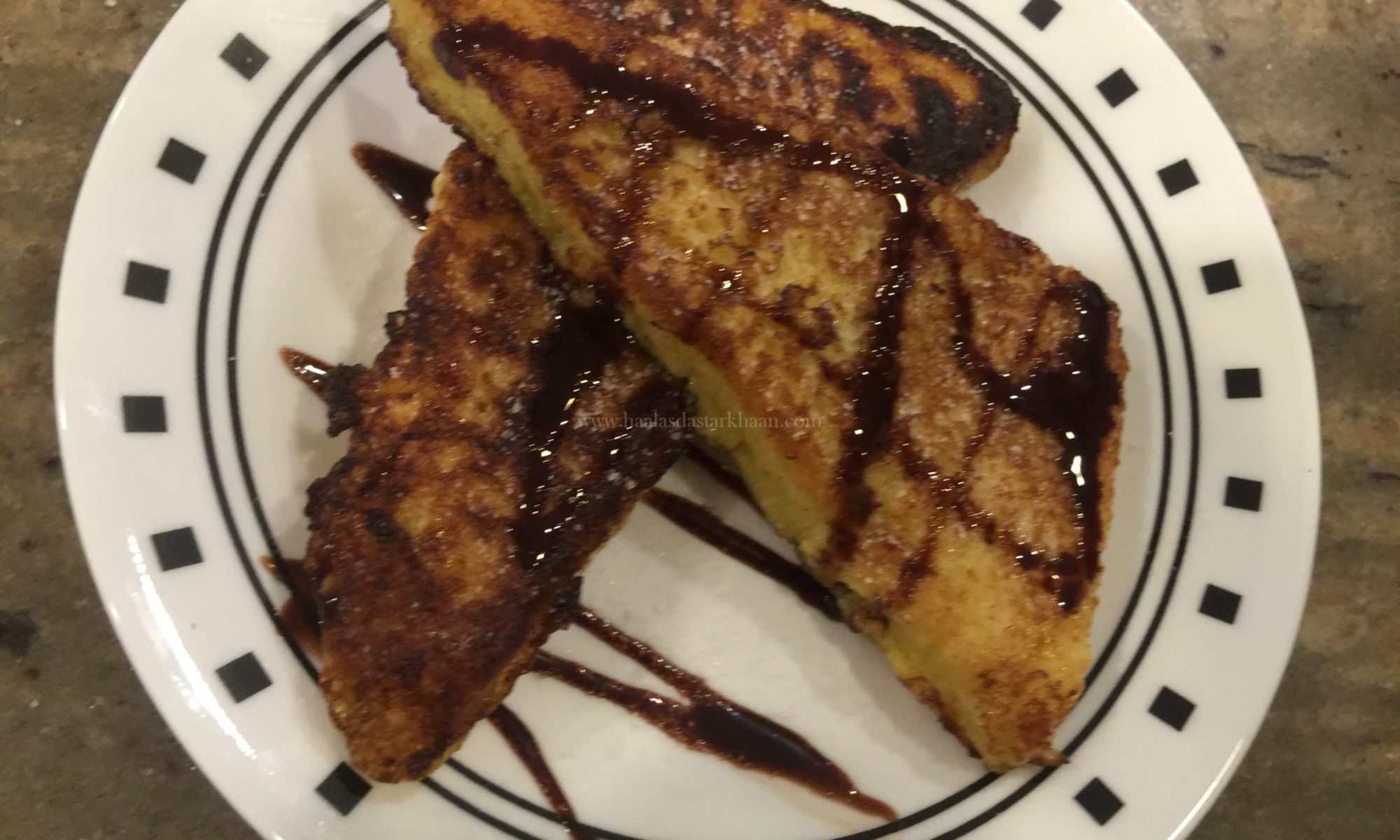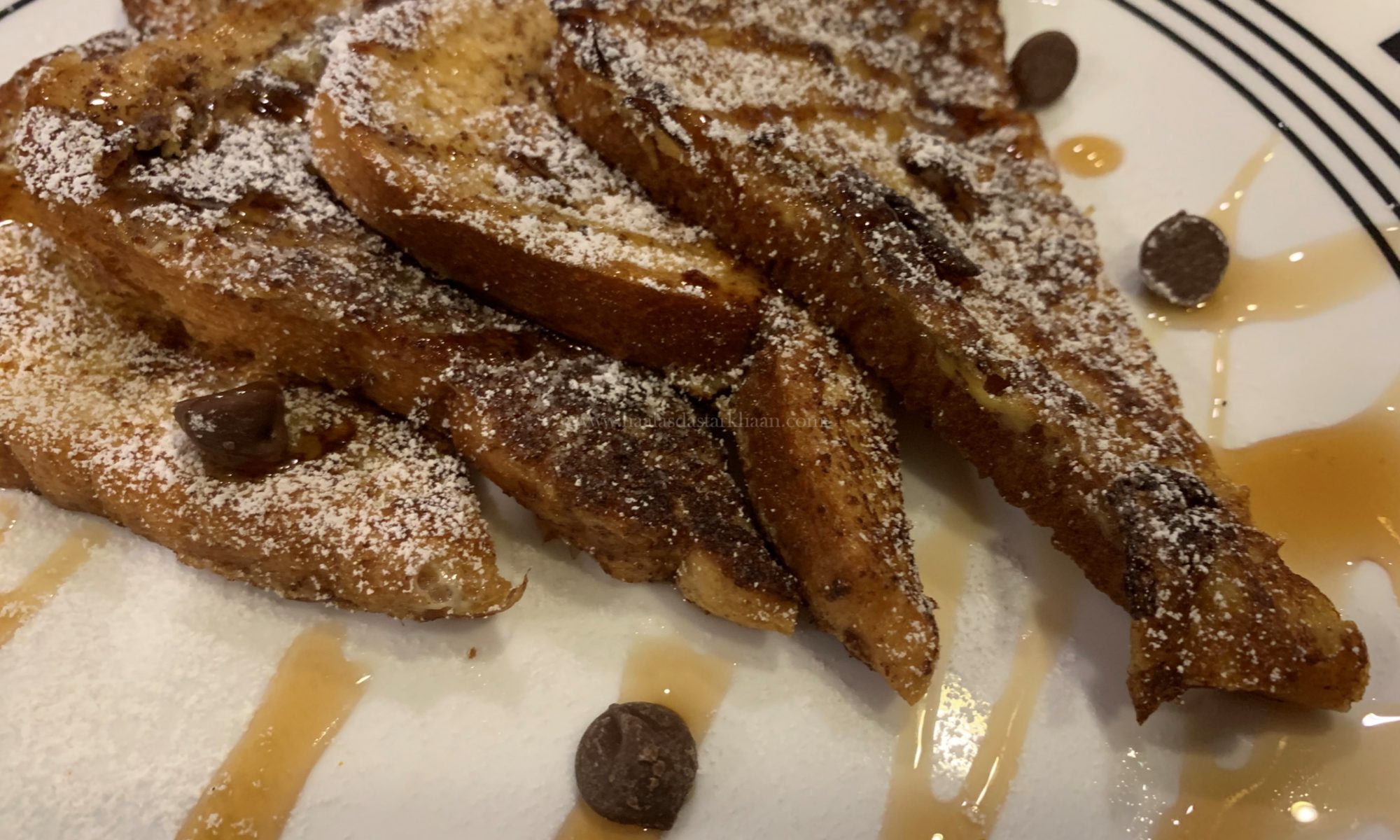Chawal ki Kheer is a popular meetha/sweet dish in all Indian/ Pakistani/ Bangladeshi homes. For every special occasion when Kheer is supposed to be made, of all the different varieties of Kheer, Chawal Ki Kheer is made the most.
My love for Chawal ki Kheer is probably since birth. I have never come across any chef/cook or for that matter any person who can make Chawal ki kheer as good as my mother. Since I could understand things well, I would always look forward to days when she would make Kheer. A spoonful in your mouth was enough for anyone to experience a taste of heaven. The funny part is that I never liked the Kheer anyone else made, it was in my view a complete injustice to the dish. I expected people to work harder and make it just like my mom. Since I was a kid, I never realized the amount of effort and hard work she puts into it. When I grew up, and with time started getting ready to explore the world of spices and learn the art of cooking good food is when I saw how many hours it took her to actually make something so deliciously wonderful and that’s when I understood why I see so many faces of relatives and friends on Eid, that I do not see all year round and requesting for my mother’s special Kheer.
There is no way that I will be able to describe the number of hours she gave into it, but I can definitely give you an idea. So, we are a family that comprises almost 150+ members, almost. Please do not get shocked reading this. This includes my grandfather’s children and their families and considering that my grandfather had 9 children, all kids have large families and most of my aunts had grandchildren while I was still in my teens. So it was this plus distant family and friends. Making Kheer for these many people made my mom look like a “Khansama”. I am sure she felt that at times too. She would get around 40-50 liters of milk, maybe more and slow cook that milk till it reduces to almost 2/3 of the original quantity. Now, reducing the milk isn’t as easy as it sounds. That’s actually the first and the most important step. The Milk has to be stirred continuously so it’s evenly cooked and it shouldn’t get burnt at the bottom either. The flame or heat should be kept low. The process is tiring but worth it. The way my mom taught me was to stir once in a circular way and the second time makes the number eight. Honestly, I never realized till I was a grown-up that this is the best way to cover the whole base of the pot.
So, once the milk is reduced, you add cashew powder to it. The cashew powder does not just add some thickness and texture to it but also gives out a little sweetness and nutty flavor that is super amazing. Besides that adding, chopped almonds are a delicious add-on as well. After that, add khoya/maawa or Khoya powder, but that’s completely optional. I prefer using small grained Rice for the kheer because they are easier to mash and the texture is perfect for the Kheer after being mashed. You can use Kani ke chawal or Kaima Rice or any other small grained Rice. My mother always added condensed milk to her Kheer and some people thought that was the secret ingredient, but honestly, it’s just the magic of her hands and all the hard work. Only ingredients never make a dish great, it’s mainly the effort put in by the person cooking.
This is a wonderful way of making Kheer. I am still not as good as my mom when it comes to making it but it still comes out delicious and each spoonful makes you crave more.

